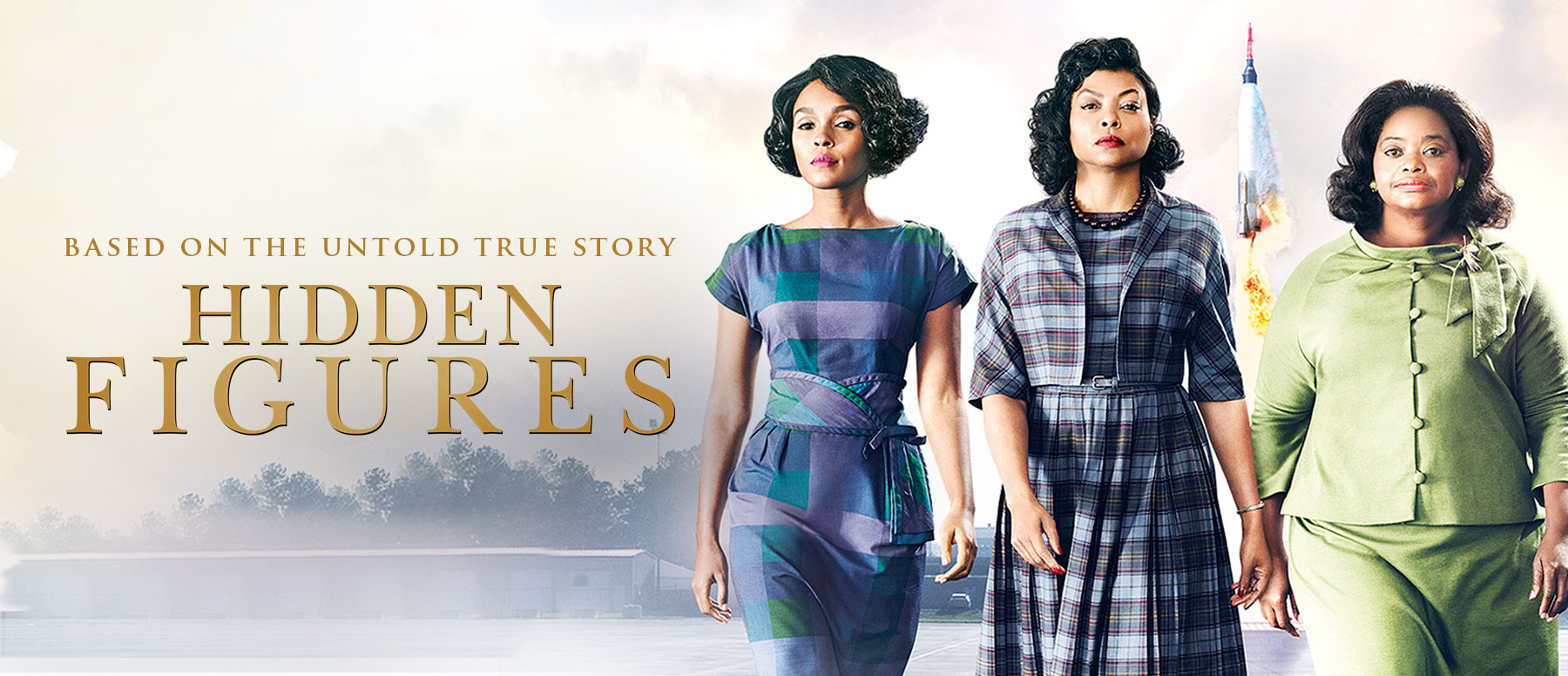They asked Katherine Johnson for the moon and she gave it to them.
Wielding little more than a pencil, a slide rule and one of the finest mathematical minds in the country, Johnson, whose death at 101 was announced Monday by NASA, calculated the precise trajectories that would let Apollo 11 land on the moon in 1969 and, after Neil Armstrong’s history-making moonwalk, let it return to Earth.
A single error, she well knew, could have dire consequences for craft and crew. Her impeccable calculations had already helped plot the successful flight of Alan Shepard, who became the first American in space when his Mercury spacecraft went aloft in 1961.
The next year, she likewise helped make it possible for John Glenn, in the Mercury vessel Friendship 7, to become the first American to orbit the Earth.
Yet throughout Johnson’s 33 years in NASA’s Flight Research Division — the office from which the U.S. space program sprang — and for decades afterward, almost no one knew her name.
Johnson was one of several hundred rigorously educated, supremely capable yet largely unheralded women who, well before the modern feminist movement, worked as NASA mathematicians.
But it was not only her sex that kept her long marginalized and long unsung: Katherine Coleman Goble Johnson, a West Virginia native who began her scientific career in the age of Jim Crow, was also African American.
In old age, Johnson became the most celebrated of the small cadre of black women — perhaps three dozen — who at midcentury served as mathematicians for the space agency and its predecessor, the National Advisory Committee for Aeronautics.
Their story was told in the 2016 Hollywood film Hidden Figures, based on Margot Lee Shetterly’s nonfiction book of the same title, published that year. The movie starred Taraji P. Henson as Johnson, the film’s central figure. It also starred Octavia Spencer and Janelle Monáe as her real-life colleagues Dorothy Vaughan and Mary Jackson.
In January 2017 Hidden Figures received the Screen Actors Guild Award for outstanding performance by a cast in a motion picture.
The film was nominated for three Oscars, including best picture. Though it won none, the 98-year-old Johnson received a sustained standing ovation when she appeared onstage with the cast at the Academy Awards ceremony that February.
Of the black women at the center of the film, Johnson was the only one still living at the time of its release. By then, she had become the best-known member of her formerly unknown cohort.

Katherine Johnson. AP

Taraji P. Henson as Katherine Johnson, along with Octavia Spencer and Janelle Monáe as her real-life colleagues Dorothy Vaughan and Mary Jackson star in the 2016 movie 'Hidden Figures'. Poster of ' Hidden Figures'
In 2015, President Barack Obama awarded her the Presidential Medal of Freedom, proclaiming, “Katherine G. Johnson refused to be limited by society’s expectations of her gender and race while expanding the boundaries of humanity’s reach.”
In 2017, NASA dedicated a building in her honor, the Katherine G. Johnson Computational Research Facility, at its Langley Research Center in Hampton, Virginia.
That year, The Washington Post described her as “the most high-profile of the computers” — “computers” being the term originally used to designate Johnson and her colleagues, much as “typewriters” was used in the 19th century to denote professional typists.
She “helped our nation enlarge the frontiers of space,” NASA’s administrator, Jim Bridenstine, said in a statement Monday, “even as she made huge strides that also opened doors for women and people of color in the universal human quest to explore space.”
As Johnson herself was fond of saying, her tenure at Langley — from 1953 until her retirement in 1986 — was “a time when computers wore skirts.”
For some years at midcentury, the black women who worked as “computers” were subjected to a double segregation: Consigned to separate office, dining and bathroom facilities, they were kept separate from the much larger group of white women who also worked as NASA mathematicians. The white women in turn were segregated from the agency’s male mathematicians and engineers.
But over time, the work of Johnson and her colleagues — myriad calculations done mainly by hand, using slide rules, graph paper and clattering desktop calculating machines — won them a level of acceptance that for the most part transcended race.
“NASA was a very professional organization,” Johnson told The Observer of Fayetteville, North Carolina, in 2010. “They didn’t have time to be concerned about what color I was.”
Nor, she said, did she.
“I don’t have a feeling of inferiority,” Johnson said on at least one occasion. “Never had. I’m as good as anybody, but no better.”
To the end of her life, Johnson deflected praise for her role in sending astronauts into space, keeping them on course and bringing them safely home.
“I was just doing my job,” Shetterly heard her say repeatedly in the course of researching her book.
But what a job it was — done, no less, by a woman born at a time, Shetterly wrote, “when the odds were more likely that she would die before age 35 than even finish high school.”
